1. Level Measurement Requirements in the Power Sector
Power generation environments are characterized by high temperature, high pressure, and the presence of corrosive chemicals. Accurate and reliable level measurement is essential across many systems to ensure operational safety, efficiency, and regulatory compliance. Key application scenarios include:
Chemical Water Treatment Systems: Monitoring demineralized water tanks and acid/alkali storage tanks to ensure stable water quality and supply. These systems often contain corrosive liquids with pH ranging from 1 to 14.
Cooling Tower Circulation Pools: Real-time level control is used to regulate water replenishment, balancing cooling efficiency and water conservation. The environment typically involves open tanks and airborne particles.
Wastewater Recovery Pools: These tanks may contain metal particulates and chemical residues. Non-contact level measurement is preferred to avoid sensor fouling or damage from sludge accumulation.
Fuel Storage Tanks: Diesel and lubricating oil levels must be monitored safely to prevent dry-run conditions or overflows. Explosion-proof designs are critical to eliminate ignition risks in flammable environments.
In power plants, frequent steam generation (e.g., near boilers), ambient temperatures exceeding 60°C, and continuous vibration present challenges to traditional contact-type level meters. In contrast, ultrasonic level meters operate on a non-contact basis, eliminating issues related to corrosion, buildup, or physical wear.
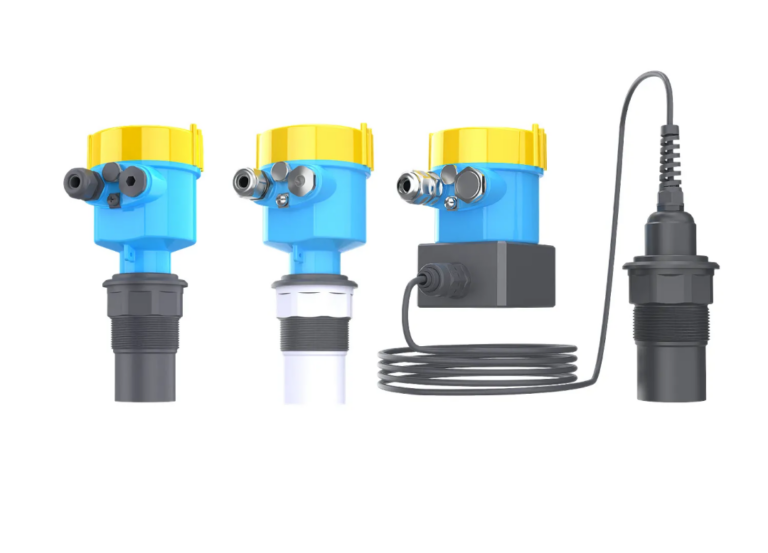
2. Working Principle and Suitability for Power Industry Conditions
Ultrasonic level meters operate based on the time-of-flight principle of sound waves. The device emits high-frequency ultrasonic pulses (typically 20 kHz to 1 MHz), which reflect off the liquid surface and return to the sensor. The distance is calculated using the formula:
L = E – (c × t / 2)
where L = liquid level, E = tank height, c = speed of sound, t = round-trip time.
Key Advantages Aligned with Power Industry Needs:
Non-contact Measurement: Eliminates the risk of sensor corrosion from strong acids/alkalis, improving operational longevity.
Corrosion-resistant Design: Sensors made from PTFE or ceramic materials can withstand aggressive chemicals with pH values from 1 to 14.
Steam Compensation: Advanced algorithms with multi-pulse emission and dynamic filtering reduce signal distortion caused by steam layers.
Flexible Power & Signal Options: Supports 24V DC or 220V AC power supply, with 4–20mA analog and RS485 digital outputs. Seamlessly integrates with DCS/PLC systems commonly used in power plants.
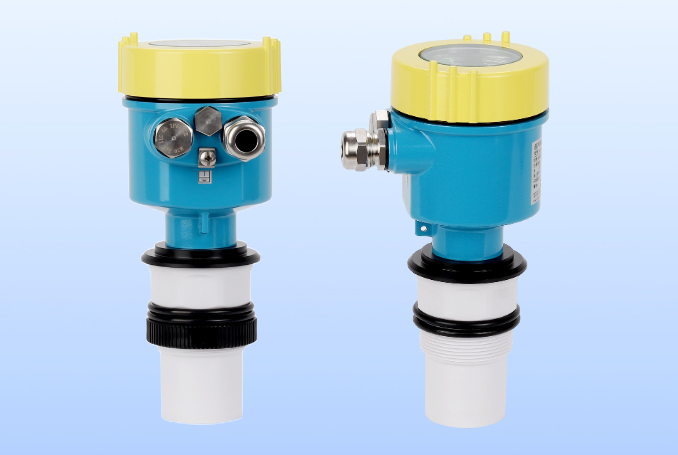
3. Typical Use Cases
Acid/Alkali Storage Tanks in Chemical Water Treatment
In nuclear power stations, maintaining ultra-pure water is critical. Ultrasonic level meters installed on top of acid/alkali tanks provide real-time data and trigger automatic replenishment valves. Systems using this setup reported 99.9% uptime and a 30% reduction in annual maintenance costs.
Cooling Water Pool Control in Thermal Power Plants
In a coal-fired power plant, a split-type ultrasonic level meter was used for level monitoring in a cooling tower circulation pool. Connected via a 4–20 mA signal to the control system, it dynamically adjusted water inflow, achieving up to 15% annual water savings.
Explosion-proof Fuel Tank Monitoring
Fuel tanks supplying gas turbines require explosion-proof level instrumentation. ATEX-certified ultrasonic level meters installed on tank tops accurately monitor diesel levels and trigger alarms at low levels, ensuring uninterrupted fuel supply and eliminating ignition hazards.
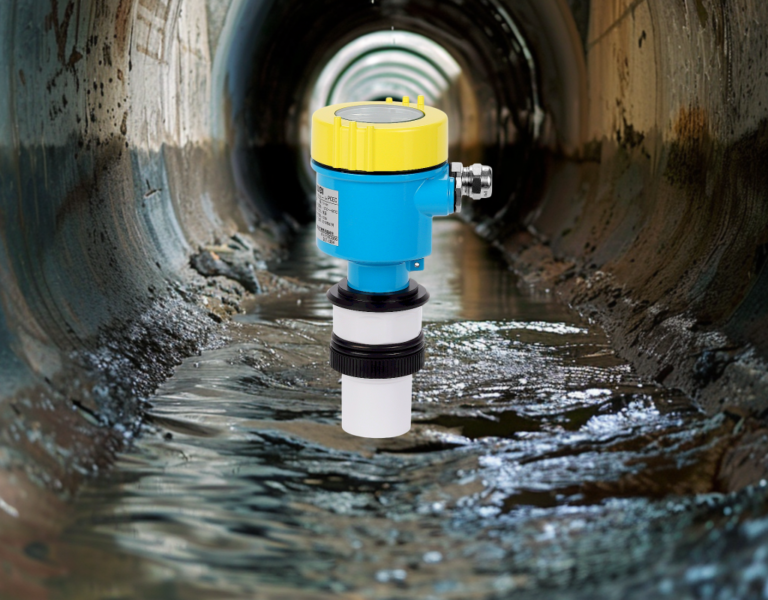
4. Installation Guidelines and Maintenance Strategies
Installation Best Practices
Open Tanks: Install the sensor vertically at the center of the tank roof, away from inlets or agitators to reduce surface turbulence.
Steam-prone Areas: Use a steam deflection shield or install the probe at a slight angle to avoid condensation interference.
Hazardous Zones: Select explosion-proof models and strictly follow wiring and sealing requirements per safety standards.
Maintenance Recommendations
Regular Cleaning: Wipe the probe monthly to remove scale or chemical deposits.
Speed of Sound Calibration: Recalibrate every quarter based on ambient temperature. (Note: a 10°C temperature change can cause ~0.17% variation in speed of sound.)
Seal Inspection: Annually inspect cable entries and housing seals to prevent moisture intrusion or short circuits.
5. Limitations and Recommended Solutions
Known Limitations
High-temperature Environments: Standard sensors may degrade above 60°C.
Steam and Foam Interference: Excessive steam or surface foam may scatter ultrasonic waves, reducing accuracy.
Sealed Tanks: Ultrasonic sensors require an opening for installation, potentially compromising the seal.
Recommended Solutions
| Challenge | Suggested Countermeasure |
|---|---|
| High Ambient Temperature | Use high-temperature probes or add thermal insulation shields. |
| Thick Steam Layers | Switch to guided wave radar meters or enhance ventilation to reduce steam. |
| Surface Foam | Use a mechanical defoamer or switch to low-frequency ultrasonic mode for deeper penetration. |
| Sealed Container | Use flanged installation with sealing gaskets to restore airtightness. |
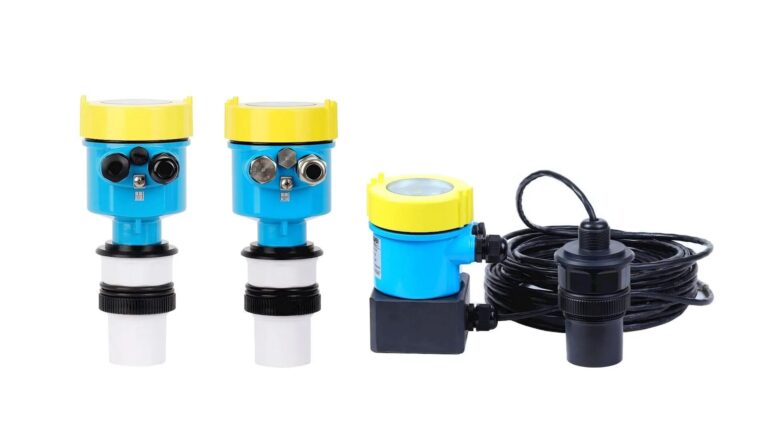
6. Future Trends and Innovations
Intelligent Algorithms: Integration of AI enables real-time compensation for temperature and steam, self-calibration, and fault prediction.
Sensor Fusion: Combining level measurement with temperature and conductivity sensors to provide comprehensive fluid insights.
Wireless Connectivity: Adoption of LoRa or NB-IoT for long-range data transmission, supporting remote monitoring and smart plant management.
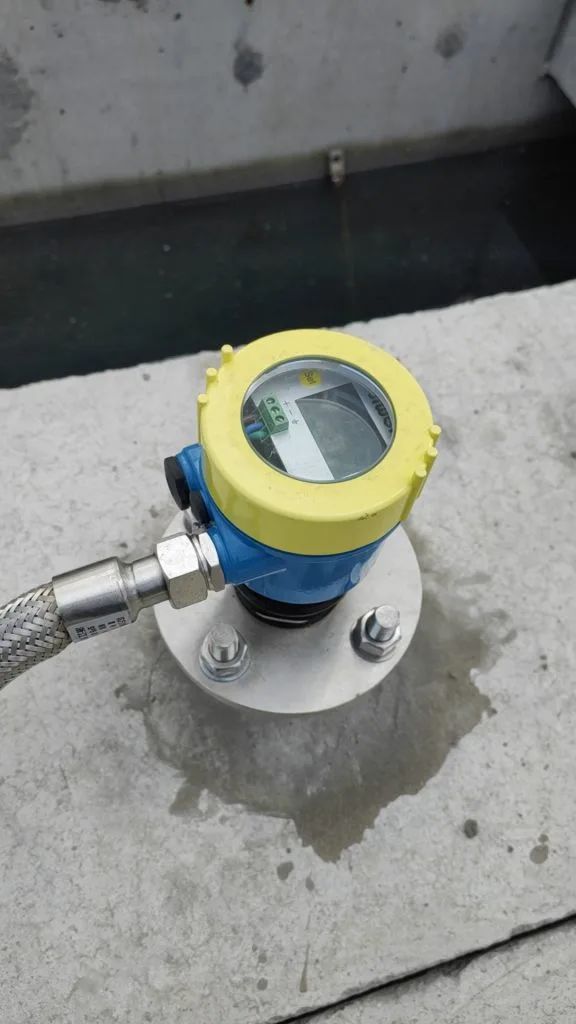
📌 Final Recommendations
Ultrasonic level meters offer a reliable, non-contact, and cost-effective solution for level monitoring in complex power industry applications. With proper model selection—such as explosion-proof or high-temperature versions—and following best installation and maintenance practices, they can overcome challenges posed by steam, chemical corrosion, and extreme conditions.
As power plants move toward digitalization and intelligent systems, ultrasonic level meters equipped with wireless modules and adaptive algorithms will play an increasingly important role in ensuring safe, efficient, and sustainable energy production.
